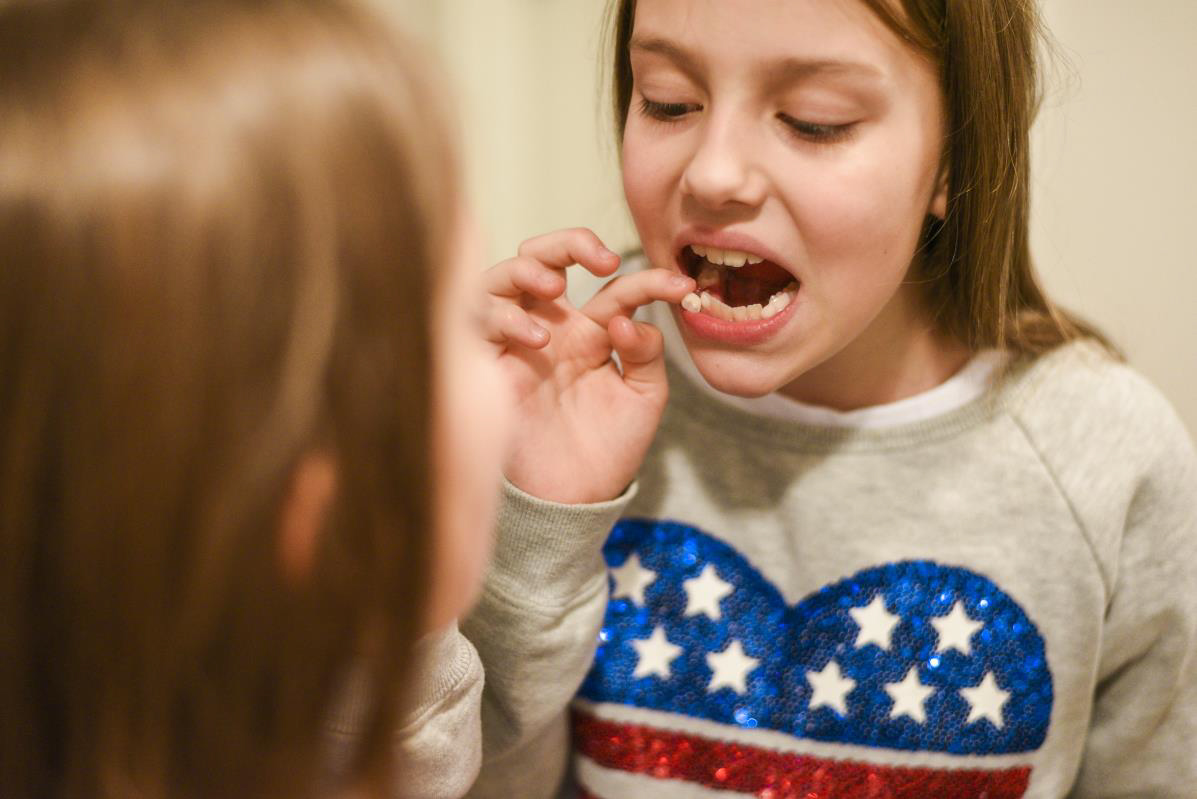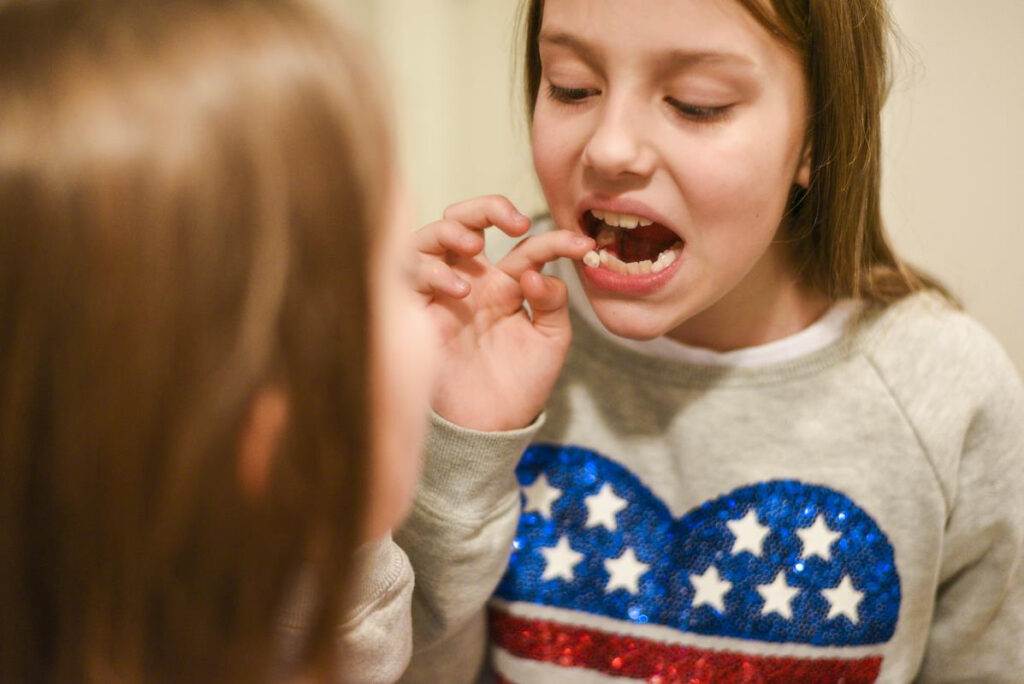Depending on who you talk to, you may hear many myths and questions about your child’s teeth. Can your child have juice? Should they sleep with their bottle? Is sucking their thumb bad for them?
Good oral care is vital for your child’s health, so it’s important that we at Summerville Pediatric Dentistry extend our knowledge and expertise. Below, we’ve busted a few common myths about pediatric dental care.
Myth: It’s important to start babies on fluoride even before their teeth come in.
Fact: Fluoride is like a superhero for your child’s teeth! Imagine it as a tiny shield that helps strengthen their teeth from the very first moment they erupt from sneaky villains known as “sugar bugs”. These bugs love to munch on sugar and create acids that attack teeth and cause cavities, but fluoride comes to the rescue making teeth that much tougher! The American Academy of Pediatric Dentistry recommends using no more than a smear or rice-sized amount of fluoridated toothpaste for children less than 3 years old and using a pea-sized amount for children 3 to 6 years of age.
Myth: Decay on baby teeth decay doesn’t matter. They fall out anyway.
Fact: Although baby teeth eventually fall out, preventing decay is still important. Baby teeth play a crucial role in your baby’s dental development, including the development of the jaw, and they act as placeholders until your child’s grown-up teeth come in.
Decay starts when anything other than water is left in the baby’s mouth. While they sleep, it mixes with bacteria and forms acids that attack the tooth enamel. While the acid is usually washed away during the day by the baby’s saliva, it pools around the tooth while they sleep. So, make sure to examine your baby’s teeth regularly on both sides and look for dull spots and lines, which are the initial signs of decay. It’s important to note that decay on baby teeth can lead to decay on a child’s permanent teeth.
Myth: Kids can drink juice whenever they want.
Fact: Sugar-sweetened beverages such as juices, flavored milk, and soda should only be given on special occasions, and we recommend not having them in your child’s everyday diet. Not only do they exponentially raise your child’s risk for developing cavities, but there is also little to no nutritional benefit to them! The American Heart Association recommends that children under the age of 2 avoid all added sugars in their diet, and limit quantities given to older children.
Myth: Children do not get toothaches.
Fact: Yes, a child can suffer from a toothache, especially if any decay affects the pulp of their tooth. They may complain that their tooth hurts when they drink or eat something very hot or cold. You may need to bring them to the dentist for X-rays and treatment.
Myth: Bleeding gums are normal.
Fact: Unless a child is brushing too hard, bleeding gums indicate another problem brewing under the surface. For example, your child might have gingivitis, a gum disease that results in too much plaque. Another gum disease, periodontitis, which is caused by poor diet and dental health, can also result in early tooth loss and severe pain for your child. Another concern could be that your child suffers from a vitamin deficiency, such as Vitamin K or C. We recommend practicing daily brushing and flossing with parental supervision to combat all types of gum disease, as well as cavities!
Myth: Thumb-sucking doesn’t hurt baby teeth.
Fact: Well, that depends on your child and how they suck their thumb or fingers. For example, some babies will put pressure on their teeth or palate, which can create tooth deformities as their permanent teeth grow. Others create issues when it comes to where their tongue and lips will rest as they develop. The good news is that sucking their thumb or fingers is normal, and most kids typically stop when their permanent teeth come in around the age of 2 to 3. If your child continues to suck their thumb or fingers after this age, talk to your dentist about ways to stop.
For more information on your child’s teeth, contact Summerville Pediatric Dentistry at (843) 821-6433.











